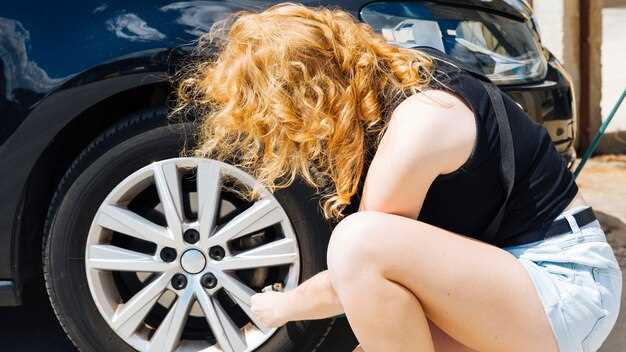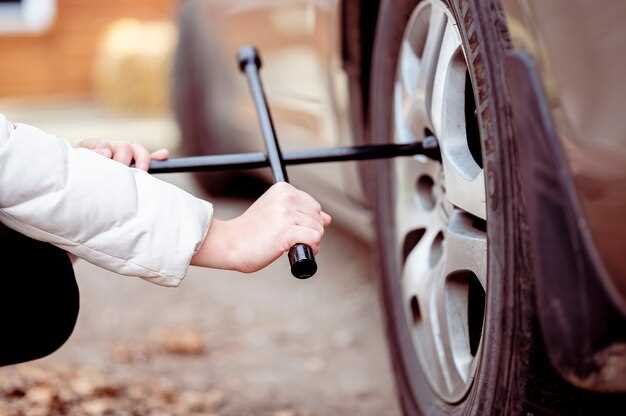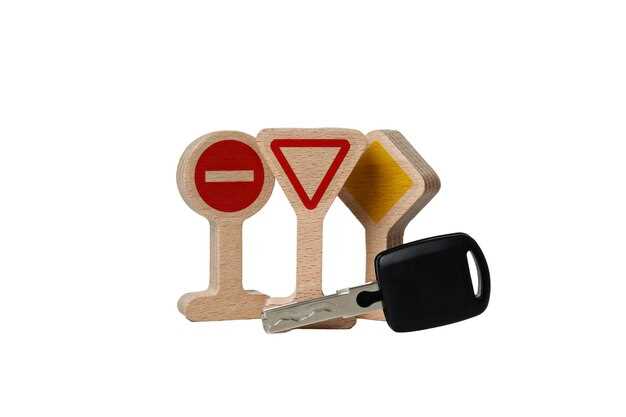
Assessing the condition of your import vehicle’s tie rods is crucial for maintaining optimal steering and suspension performance. The tie rod plays a vital role in connecting the steering gear to the wheels, ensuring that both components work in harmony. Over time, wear and tear can lead to significant safety issues if not addressed promptly.
Recognizing the early signs of worn tie rods can save you from costly repairs and enhance driving safety. It’s important for vehicle owners to be aware of the symptoms that indicate potential problems. Common indicators include uneven tire wear, steering play, and unusual noises while turning. Addressing these signs swiftly can prevent further damage to your vehicle’s suspension system.
In this article, we will delve into the specific signs of tie rod wear in import vehicles. We will provide practical insights and recommendations for identification and maintenance, ensuring that you can keep your vehicle in top condition without unnecessary complexities. Understanding these signs not only contributes to your safety but also extends the life of your vehicle.
Recognizing Symptoms of Wear in Tie Rods
Identifying worn tie rods is crucial for maintaining vehicle safety and performance. The tie rod connects the steering gear to the wheel assembly, and any deterioration can significantly affect handling and stability. Below are key symptoms indicating potential wear in tie rods.
- Uneven Tire Wear: Inspect your tires for irregular wear patterns. Worn tie rods can cause misalignment, leading to uneven tire degradation.
- Loose Steering Feel: If your steering feels loose or unresponsive, it may indicate tie rod wear. This sensation may be heightened during turns or lane changes.
- Steering Wheel Off-Center: A steering wheel that does not return to the center after a turn may suggest issues with tie rods or related components. Check if the alignment is compromised.
- Clunking or Rattling Noises: Sounds coming from the front suspension when hitting bumps or during turns can signify wear in the tie rods. Listen for clunking or rattling noises while driving.
- Vibration in the Steering Wheel: Excessive vibration or shaking in the steering wheel, especially at higher speeds, may be linked to worn tie rods affecting the steering assembly.
Regular inspections can help catch these symptoms early. If you notice any of the above signs, it is advisable to consult a qualified mechanic to assess and replace tie rods if necessary. Ensuring that tie rods are in good condition is vital for safe driving and prolonging the lifespan of your vehicle’s steering system.
Understanding the Impact of Worn Tie Rods on Vehicle Handling

Worn tie rods can significantly compromise the handling characteristics of import vehicles, leading to a range of undesirable performance issues. Since tie rods are integral to the steering mechanism, their condition directly affects how a vehicle responds to driver inputs.
When tie rods wear out, they begin to lose their capacity to maintain stable wheel alignment. This misalignment can cause the vehicle to pull to one side, making it difficult to steer straight, which is especially hazardous during high-speed driving or in adverse weather conditions. Additionally, worn tie rods can generate excessive play in the steering wheel, resulting in a vague or unresponsive feel. This decreases the driver’s ability to accurately gauge the vehicle’s position on the road, increasing the likelihood of accidents.
Moreover, worn tie rods can lead to premature tire wear. When the alignment is off, tires can wear unevenly, which not only impacts traction but also necessitates more frequent replacements. This can add significant costs to vehicle maintenance over time. Regardless of the specific make or model, the alignment issues associated with worn tie rods will invariably diminish overall driving safety and comfort.
Addressing tie rod wear promptly is crucial. Regular inspections, especially for import vehicles that may offer less visibility to component condition due to design, can help identify deterioration early. Drivers should be aware of warning signs such as knocking noises from the front end or a steering wheel that requires constant correction.
In summary, worn tie rods detrimentally affect vehicle handling by compromising steering precision and stability. Timely detection and replacement of these components are essential to ensure safe driving conditions and maintain optimal performance.
Steps to Inspect Tie Rods in Import Vehicles

Inspecting tie rods in import vehicles is essential for maintaining steering stability and safety. Follow these steps to conduct a thorough inspection.
1. Lift the Vehicle: Begin by safely lifting the vehicle using a hydraulic jack and securing it with jack stands. Ensure that the front wheels are off the ground to facilitate movement and inspection.
2. Visual Inspection: Examine the tie rods for any visible signs of wear or damage. Look for rust, corrosion, or abnormal bending. Inspect the boots covering the tie rod ends for any tears or cracks, as these can lead to dirt and moisture entering the joint.
3. Check for Play: With a helper, grasp the front tire at the 3 o’clock and 9 o’clock positions. Wiggle the tire back and forth while observing the tie rods. Any noticeable play indicates wear in the tie rod ends, which could compromise steering precision.
4. Inspect Alignment: While inspecting, pay attention to the vehicle’s alignment. Uneven tire wear or misalignment can be symptoms of faulty tie rods. Check if the steering wheel is centered when driving straight as this can also indicate issues with the tie rods.
5. Look for Noises: During the inspection, have someone turn the steering wheel slowly while you listen for any clunking or rattling noises near the tie rod area. Unusual sounds can signal that the tie rods need replacement.
6. Check for Grease Leakage: If your vehicle has grease fittings on the tie rod, ensure there are no leaks. Lack of grease can lead to premature wear. If any leakage is evident, the tie rod joint may need servicing or replacement.
7. Consult a Professional: If you notice any signs of damage or wear during your inspection, it’s advisable to consult with a professional mechanic. They can perform a more detailed evaluation and recommend necessary repairs or replacements.




